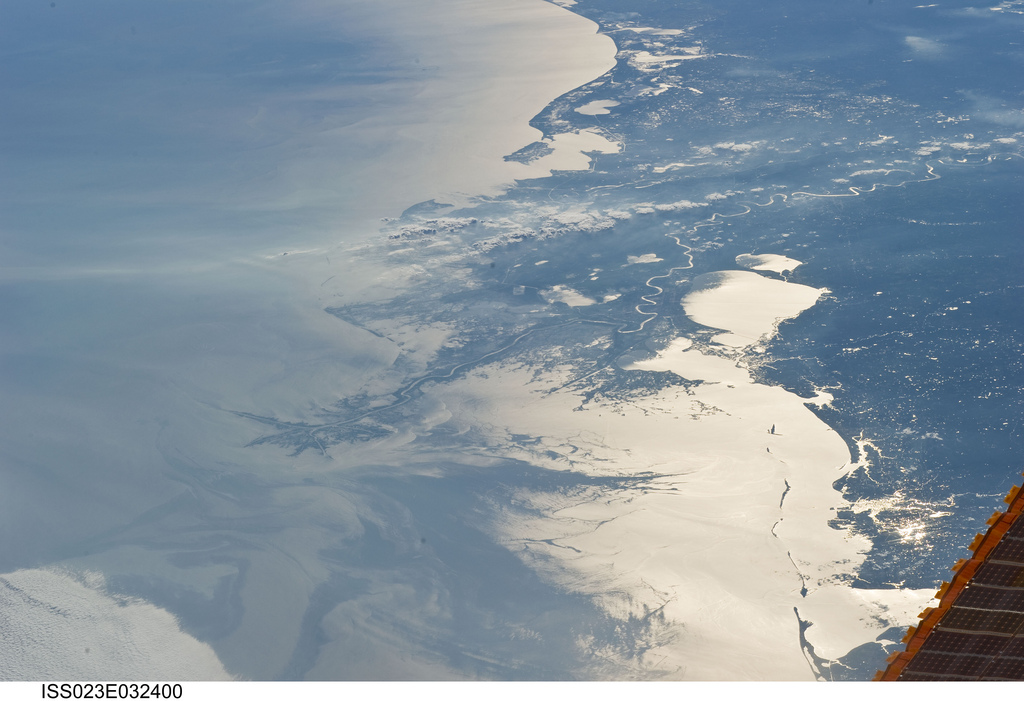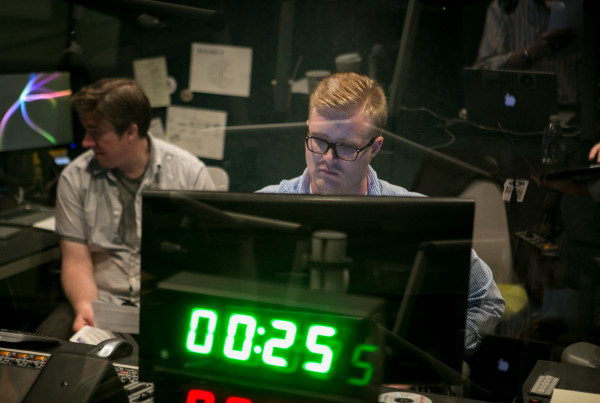The Deepwater Horizon drilling rig disaster happened 50 miles off the coast of Louisiana. And yet, to report on its environmental legacy, we found ourselves along the Gulf Coast of Texas. We’re in a small motorboat sailing just off the beaches of Galveston Island.
“We’ll go at least about 13 miles,” yells Philip Smith who’s at the helm. He’s with the Galveston Bay Foundation.
He and other staff members with the foundation and with the National Wildlife Federation wanted to show us what good might come from the spill.
BP, the owner of the well, is paying hundreds of millions of dollars to Gulf Coast states including Texas as part of criminal and civil settlements. Oil never washed up here like it did in Louisiana where it coated birds and wetlands. But environmentalists say the Gulf is one big ecosystem where life is interconnected.
Bob Stokes with the Bay Foundation says research is showing that after the spill, populations of sea turtles and sea birds dwindled in the northern Gulf.
“There have been impacts to our dolphin population as well in the Gulf of Mexico,” says Stokes.
In fact, dead dolphins have been found in startling numbers. But BP disputes that the spill is the cause, saying in a recent report that scientists have found a strain of deadly bacteria that may have played a role in the dolphin die-off.
Also along on the boat ride with us and some other reporters is Lacey McCormick with the National Wildlife Federation, a group that’s a strong critic of BP.
“They don’t know exactly what this bacteria is, but it’s not seen in the majority of dolphins that have been found,” says McCormick.
Does she think that leaves the BP spill as the primary culprit?
“Right,” says McCormick.
Finger pointing aside, what’s happening now in the Gulf is an unprecedented potential source of funding for wetlands and coastal areas, regardless of whether damage to them was done by the spill or not.
Ryan Fikes is a scientist in Corpus Christi with the National Wildlife Federation.
“So when you’re looking at projects that could be funded, you’re looking at up to hundreds of millions of dollars, a $100 million for a project, you can start to get to that scale to offset some of this historic loss,” Fikes says.
The “historic loss” he’s talking about refers to some 40,000 acres of wetlands in Galveston Bay alone, acreage lost because of erosion or commercial and industrial development. The environmentalists are calling the BP funds a once in a lifetime opportunity that dwarfs any previous money for such restoration projects. So what exactly might the money be spent on?
“This is Bay Harbor. It’s a subdivision,” says Philip Smith. He guides the little boat to a spot out in the water just a couple hundred feet from a row of beachfront houses. A spot where years ago, tiny islands, wetlands, used to exist, but washed away.
“When we do a project, we like to look at historical aerials to identify areas. This great habitat was here 50 years ago. Let’s bring it back right there where it was,” Smith says.
And bring it back they did. As part of a restoration project a few years ago, they reconstructed a three acre island. It’s now brimming with flocks of sea birds.
“And now you have nice wetlands here the birds are using. It’s a great nursery habitat for fish, crustaceans. It’s very dramatic. It’s why we do what we do,” says Smith.
And it’s why the wildlife groups wanted to show us this. Because the state of Texas is deciding exactly what projects should get the BP money and there’s competition for the funds.
How much should be spent on recreation like state park facilities versus the restoration projects?
The wildlife groups are hopeful they’ll see more funding for their projects than ever before; funding made possible by the Gulf’s worst single environmental disaster.















